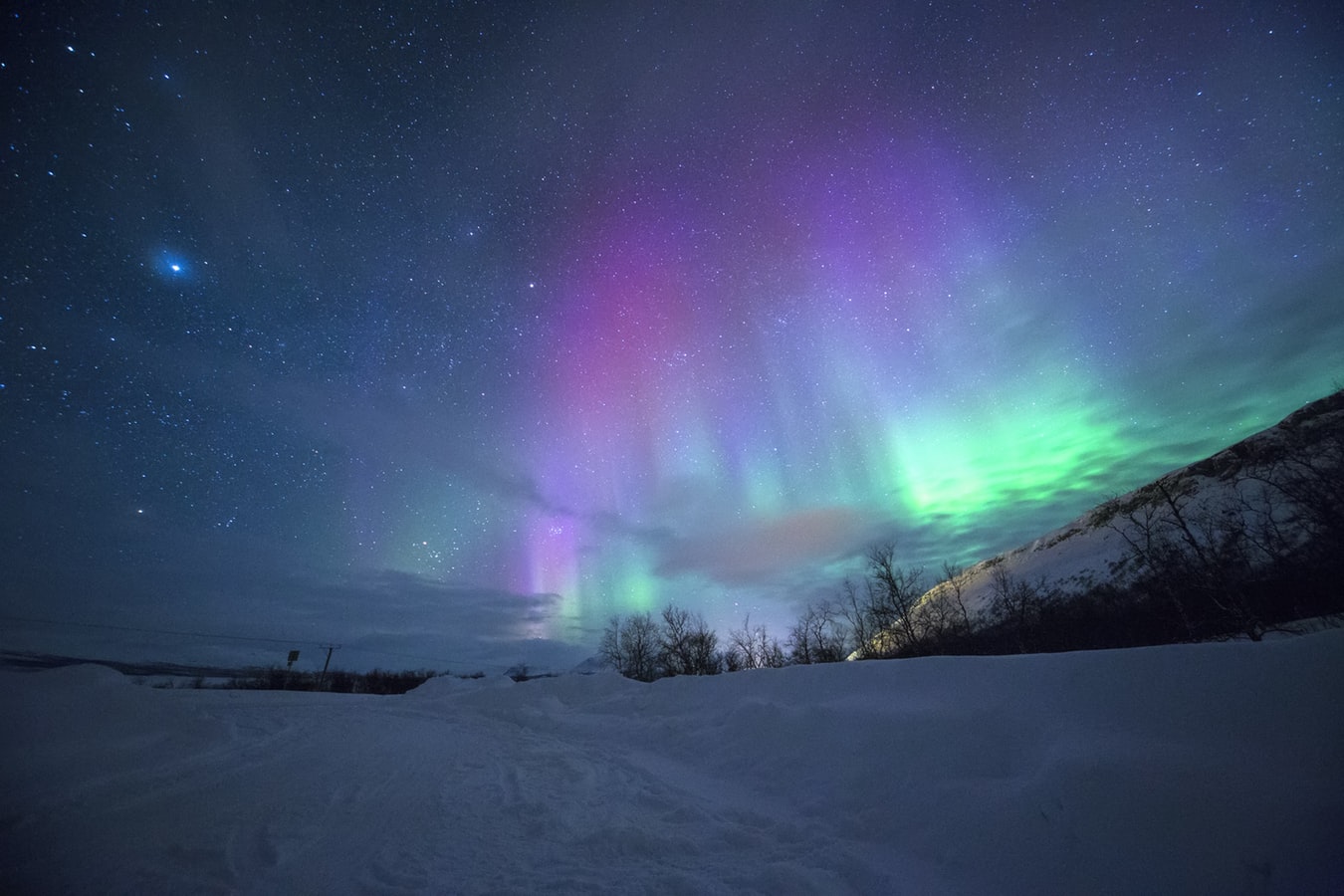Descripción/Description:
Looking at Infrared Background Radiation with Euclid - LIBRAE
Opportunity ID Opportunity URL Location
Field of Science Advisor
Citizenship Requirement
Description
19417
https://npp.usra.edu/opportunities/details/?ro=19417
Goddard Space Flight Center Greenbelt, MD 20771
Astrophysics
Jeff Kruk, Primary Advisor 301-286-8758 Jeffrey.W.Kruk@nasa.gov
U.S. Citizens Accepted
Lawful Permanent Residents Accepted
Foreign nationals who are in the U.S. at the time of application and on a valid J1 visa Accepted;
Foreign nationals, asylees or refugees in the U.S. at the time of application with a valid EAD card and pending I- 485 or I-589 forms Accepted.
Note: At this time, GSFC does not accept NPP applications from citizens of designated countries unless they are Legal Permanent Residents of the U.S. The Designated Countries List is available at https://www.nasa.gov/oiir/export-control
Description
LIBRAE is one of 3 US-based science projects approved by NASA to run on the upcoming ESA’s Dark Energy Euclid mission, with a major contribution from NASA. LIBRAE will measure source-subtracted cosmic infrared background (CIB) structure (fluctuations) and determine the epochs of the populations producing these fluctuations. In conjunction with a number of other X-ray missions and microwave facilities, it will probe the contribution of early black holes, and the condition of intergalactic gas at these epochs. See description and plans at https://www.euclid.caltech.edu/page/KashlinskyTeam. We are seeking motivated junior scientists to participate in the development of this program, both pre- and post-Euclid launch anticipated in late 2022 - early 2023. The successful candidate should be qualified and interested to participate in one, or all, of the following: 1) preparation of accurate maps from Euclid data suitable for probing the CIB signal, 2) refining understanding of the contributions from known populations to the CIB signal, 3) further development of theoretical contributions from early populations, such as Population 3, direct-collapse black holes, or primordial black holes making up dark matter. At present, preference will be given to 1) and 2), but strong candidates interested to work on 3) will be welcome.
